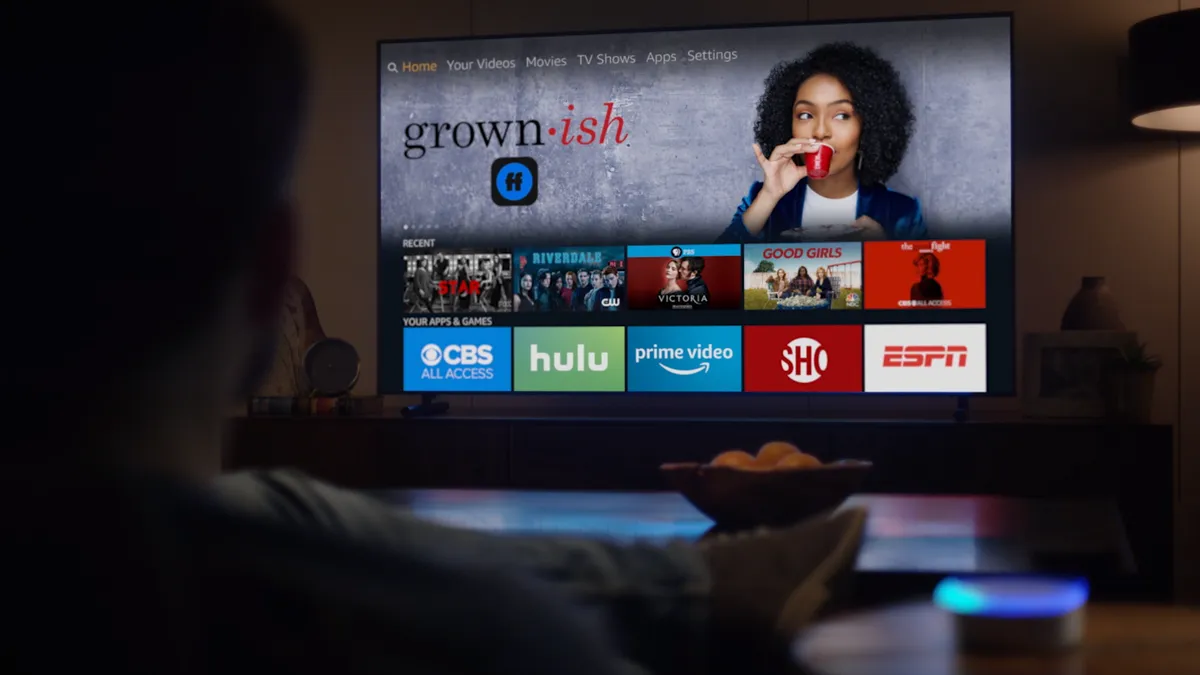Dive Brief:
- Advertisers will boost spending on digital video content by more than 25% in 2019 for an average of $18 million, according to a new report from the Interactive Advertising Bureau (IAB). About half of the 2019 spending will be devoted to original video content, which the report defines as ad-support programs.
- Additional findings include that 59% of ad buyers plan to increase their advanced TV spend this year, half will increase their spend on over-the-top ads and half of video spending will go to programmatic buys.
- Direct-to-consumer (DTC) brands are among the biggest fans of video advertising. Of DTC brands with budgets topping $1 million annually, nearly 80% are planning to increase their spending over last year — at an average of 50% more than last year. The IAB report surveyed 350 marketing and agency decision-makers in February.
Dive Insight:
The findings in the new IAB report suggest that brands are racing to catch up with new ways of presenting video. It's no coincidence that the report was released the same week as the NewFronts, an event where digital platforms like YouTube, Hulu and others present new programs and advertising opportunities to ad buyers, helping set the tone for digital video for the coming months. Per the IAB report, advertisers intend to significantly increase their adoption of new video ad formats, such as making a broader use of the Stories format popular on social media or hot spots to create shoppable moments within video. Nearly two-thirds of respondents say they will increase their advanced TV spending in the next 12 months, with half planning increases for over-the-top (OTT). In IAB's terminology, advanced TV includes addressable TV, data-enabled linear TV and OTT.
Video as marketing channel continues to rapidly change. Although it now seems like ancient history, brand-sponsored video once meant broadcast TV and then cable channels. But now video content is available on virtually every device with a screen, anywhere. OTT subscription program services like Netflix, Hulu and Amazon Prime deliver a flood of Internet-delivered video programs that rival TV and cable offerings, as do ad-supported services like Crackle. And video content is available in countless sites, apps and other channels.
Linear TV and premium online video content are beginning to converge in viewing patterns, advertising and technology, as the IAB report suggests. In fact, 80% of its respondents feel it's important to have a buying solution that handles both TV and online video. This takeaway is reinforced by other research. A recent report from Comcast video ad company FreeWheel found that more than half of advertisers and agencies are now combining their purchases of inventory in Internet-delivered video and linear TV, and an overwhelming 91% intend to do so within two years.
When the final history of video is written, this year may signal only the mid-point in its evolution as a marketing channel. 5G wireless transmission, which begins its rollout this year, could end the reliance of cable and OTT networks on physical cable drops, and thus change the advertising landscape by reshaping the industry. And, at this year's National Association of Broadcasters (NAB) show, some major industry players joined the effort to drive adoption of the new ATSC 3.0 TV standard, which combines broadcast and Internet capabilities and could dramatically change how ads work with program content.














